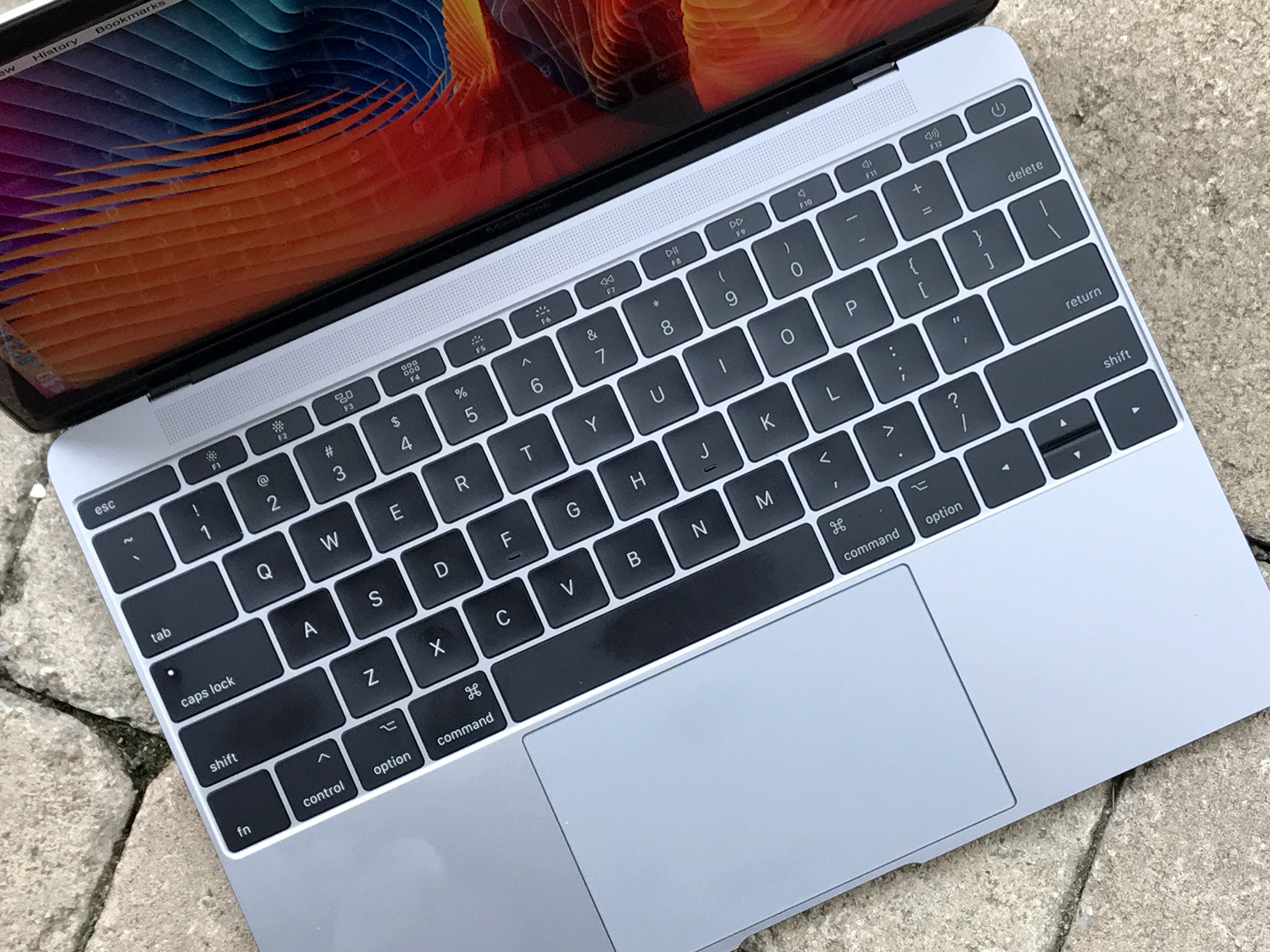A Windows PC user's guide to the Mac keyboard

If you've long been a Windows user, then you're likely very used to the keyboard layout, and your muscle memory is incredibly strong, so that your pinky always lands perfectly on the shift key, and you don't even have to look to hit ctrl-alt-del.
If you've just switched to Mac, then the layout is going to be a bit different and you'll have to retrain that muscle memory (I switch back and forth on a daily basis and now the only thing my muscles remember is how to be puny). Fear not, for the two are not so different after all, once you know the subtle differences.
Layout

The PC and Mac keyboards are more or less the same in terms of layout. Here's what you need to know:
Letters
Unless you have a specialty keyboard of some sort (or you're outside North America), you'll have the standard QWERTY keyboard for lettering, meaning you have Q as the top left letter and M as the bottom right.
Punctuation
It's all in the same place — ? is next to shift, ' is next to enter, and the number row is all the same in terms of what each one produces when you press it with shift. 1 gives you an exclamation point, 4 gives you a dollar sign, and so on.
Function keys
The space bar row is probably the most important place where the Windows and Mac keyboard differ. All the keys do basically the same thing, but they differ slightly in name.
The command key on your Mac keyboard does the same thing the Ctrl key does on your Windows keyboard. You can execute all manner of commands this way, and the keyboard shortcuts are all the same: command-s is save, command-c to copy, command-v to paste, etc.
Master your iPhone in minutes
iMore offers spot-on advice and guidance from our team of experts, with decades of Apple device experience to lean on. Learn more with iMore!
The "F" key row is present on both keyboards, but functions will vary based on the specific keyboard/laptop/PC brand you have. You'll almost always find volume and brightness keys, playback controls, the escape key, and a smattering of other quick tools.
The missing key is the Windows key, which opens the Start menu on PCs. This is replaced by the Dock on Mac, which almost eliminates the need for a Start menu. If you're want to search for files, open Finder. You can do so by clicking its icon in the dock or command-tabbing until you hit it.
Actions
The main actions you performed with just your keyboard on your Windows PC don't work in quite the same way as on a Mac. Here are the biggest ones:
Control-Alt-Delete
On a PC, this would open the Task Manager, and you'd be able to kill processes in order to close programs that weren't responding or to free up some CPU (or to even kill malicious processes).
On Mac, you press command-option-esc. This simply brings up a force quit window, which lets you force the apps that you have open to close. If you want to kill off processes, you'll have to open the Activity Monitor app.
Closing the active app
On a lot of Windows laptops and in many applications, the Ctrl-W command will close the active app, but in most cases, Windows users probably use Alt-F4. On Mac, it's command-W. To actually quit a Mac app, you'll have to use command-Q (command-w simply closes the window you're in).
Special characters
This is where the Mac keyboard makes life much easier for you in that you don't have to hit NumLk, hold down Alt, and remember a string of numbers. Many special characters can be achieved by simply holding option on the Mac keyboard, pressing a specific key, and then pressing the key you'd like that character to affect.
For example, to type é, you'd hold option, press E, and then press E again. If you wanted the accent over A, then you'd just press A instead of E on that third keystroke. You can get an umlaut with option-U, ƒ with option-F, © with option-G, and so on.
Screenshots
Taking a screenshot on your Mac is an easier process than on your PC. Whereas on PC you'd press print screen or Alt-print screen to take a screenshot of just the app you're in, Mac gives you one more option without needing to open the snipping tool and mess with all that.
- To screenshot your entire screen: command-shift-3
- To take a screenshot of a specific app window: command-shift-4 and a cursor will appear — hit space and then click the window you want to screenshot.
- To free-capture your screen: command-shift-4 and then click and drag the cursor over the area you want to capture. It captures in rectangles.
Quickly switch between apps
It's just command-tab on a Mac instead of Control-Tab on PC. You can also press the Mission Control button on your Mac keyboard to see all open windows — it's in the F row and has three differently sized rectangles on it.
Make an app fullscreen
To make your window go fullscreen with just your Mac keyboard, press command-control-F. Press it again to return the window to its previous size.
Anything else?
Have you just switched from PC to Mac and need to know some other keyboard help? Let us know in the comments below.
Mick is a staff writer who's as frugal as they come, so he always does extensive research (much to the exhaustion of his wife) before making a purchase. If it's not worth the price, Mick ain't buying.

